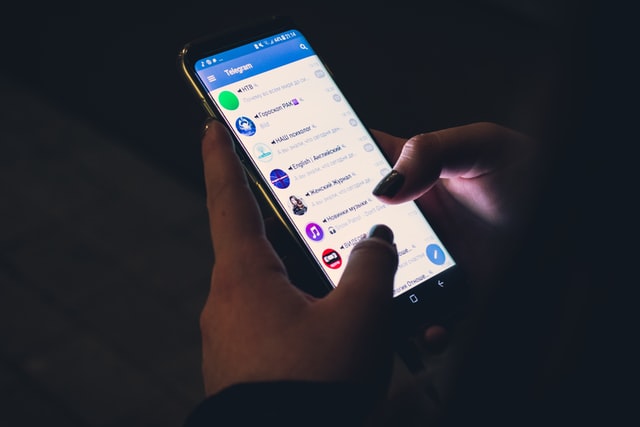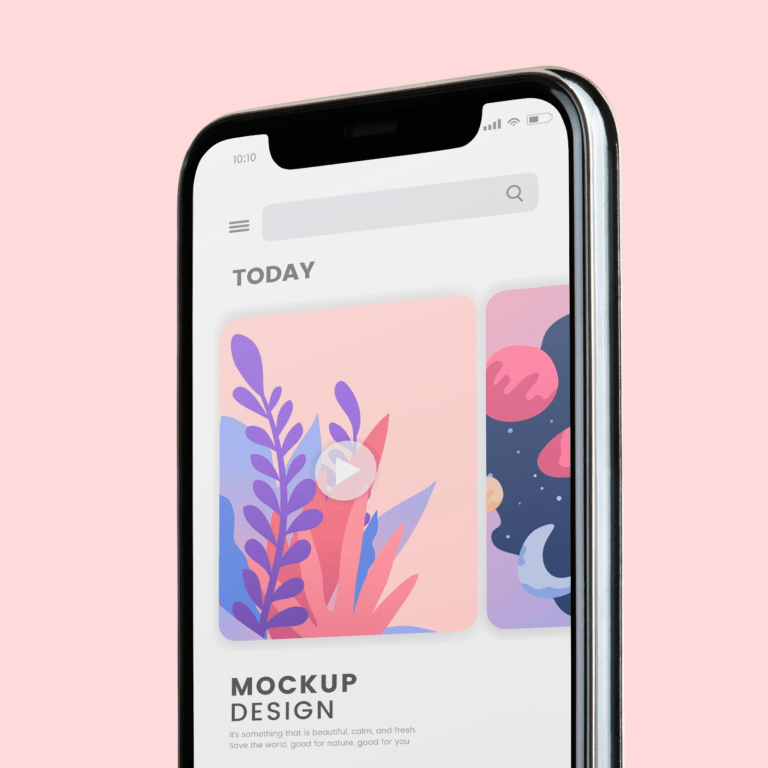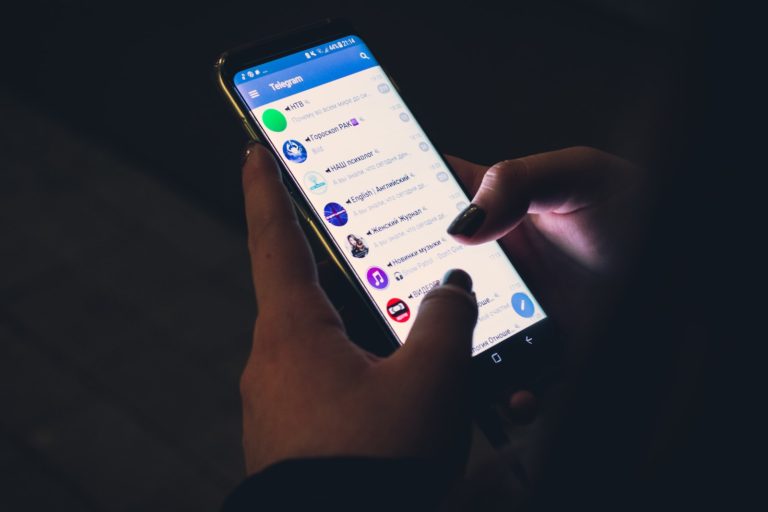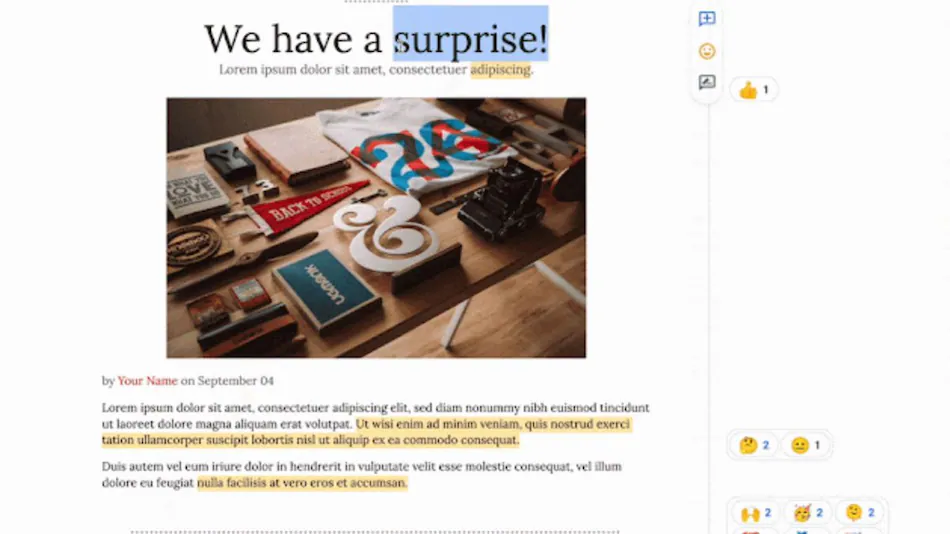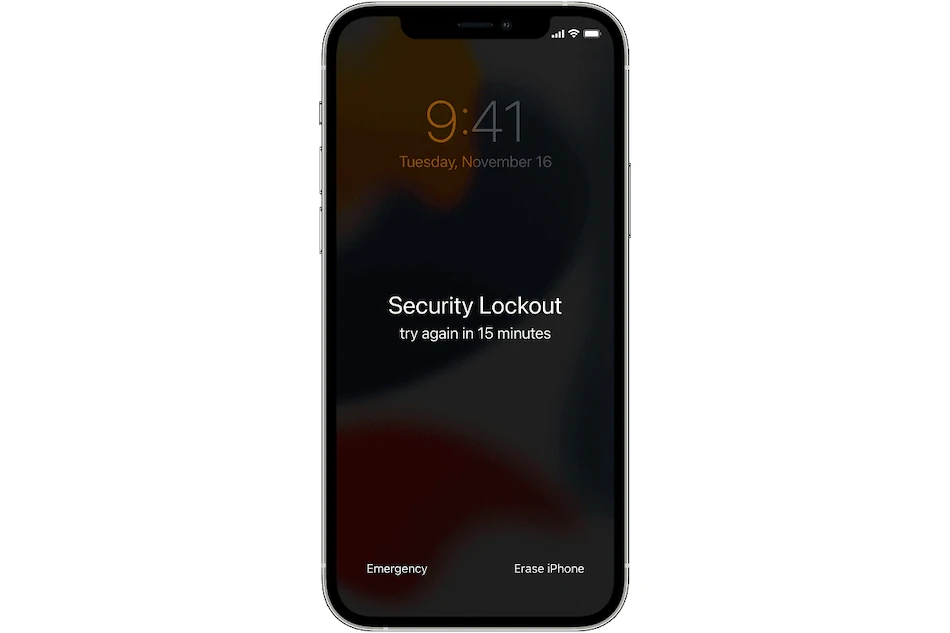How inclusive design can help overcome accessibility challenges
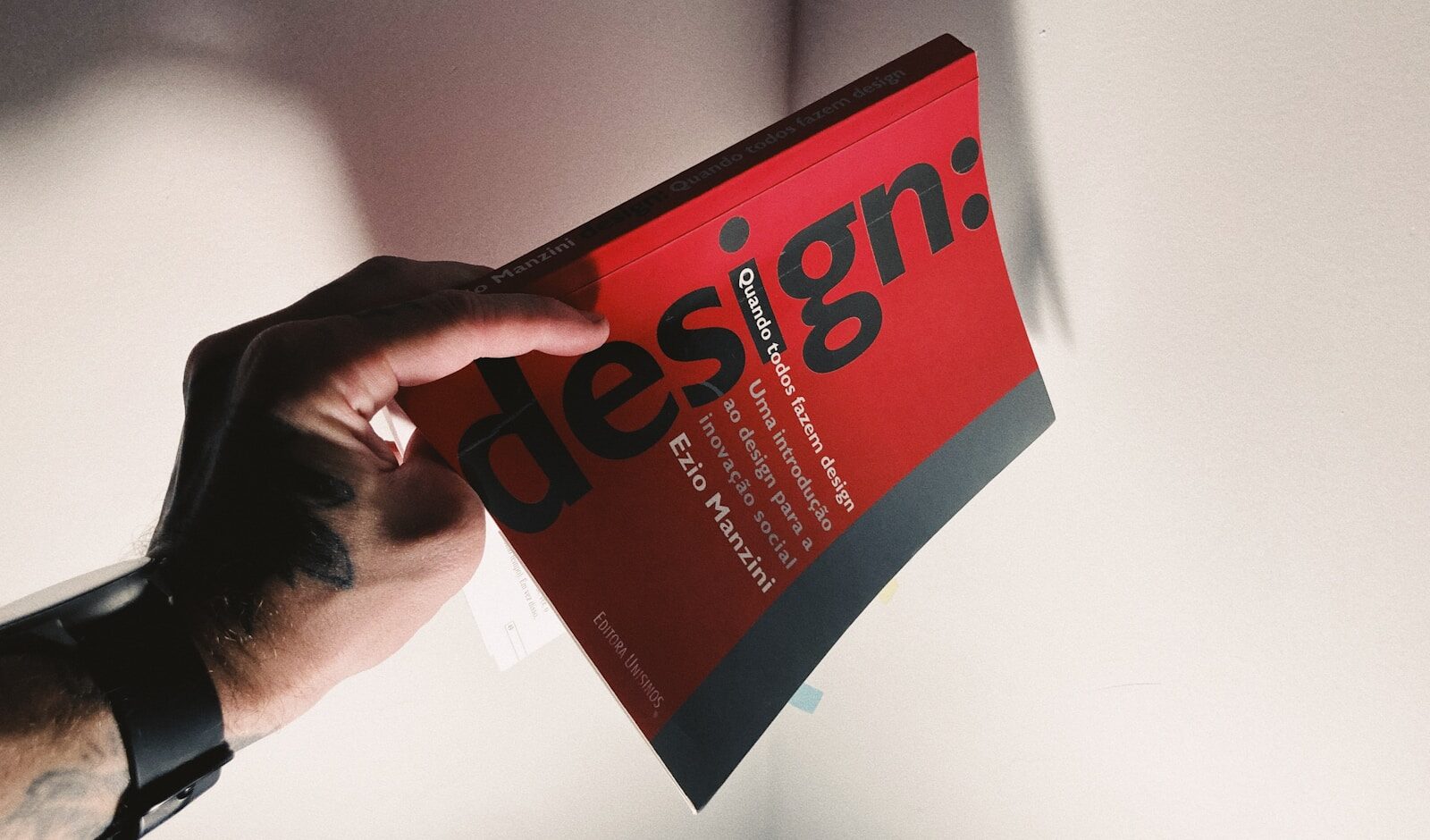
In today’s digital-first world, accessibility is no longer a “nice-to-have”, it is a necessity. With billions of people interacting with digital products every day, the spectrum of human diversity is broader than ever. Users come with different abilities, limitations, cultures, languages, and environments. Some may have permanent disabilities, others face temporary constraints, and many experience situational barriers depending on where or how they engage with technology.
Yet despite this diversity, many digital products still unintentionally exclude groups of people. A website that can’t be navigated with a keyboard, a form that isn’t screen-reader friendly, or a mobile app that relies solely on color cues, all of these create invisible walls that prevent full participation. These oversights are not just design flaws; they’re missed opportunities to connect, serve, and build trust with users.
This is where inclusive design steps in, not just as a checklist of accessibility features, but as a perspective change. It challenges us to move beyond designing for the “average user” and instead design for the richness of human diversity. Inclusive design is about recognizing that people’s needs are varied, fluid, and contextual, and ensuring that digital experiences adapt accordingly.
What is Inclusive Design?
Inclusive design means designing for everyone. It ensures that products and experiences are usable across differences in ability, age, culture, and circumstance, by placing human diversity at the heart of the design process.
At its core, inclusive design is not just about compliance with regulations or avoiding usability complaints. It’s about ensuring that no matter who someone is, where they come from, or what their abilities may be, they can access, use, and benefit from the products we create. In practice, it means designing with empathy, embedding flexibility, and understanding that when we design for the margins, we inevitably create better experiences for the majority.
The Challenges of Accessibility
Accessibility challenges manifest in many ways, and they often go unnoticed until they directly affect us. These barriers don’t just limit usability; they exclude people from fully engaging with products, services, and opportunities. Understanding them deeply is the first step toward building more inclusive experiences.
- Visual barriers
For users with low vision or blindness, poor design decisions can make products nearly unusable. Low color contrast, tiny text, or images without descriptive alt text leave individuals unable to access crucial information. But visual barriers go beyond permanent conditions—think of trying to read your phone outdoors on a sunny day. Without thoughtful design, what seems like a minor detail can become a complete roadblock. - Hearing barriers
Multimedia has become central to digital communication, yet many videos still lack captions or transcripts. This excludes people with hearing impairments from engaging fully. But the impact is wider: captions are also critical in noisy environments, when users are watching content in another language, or when sound is simply not an option. - Motor barriers
Interfaces that rely on tiny buttons, complex gestures, or precise cursor movements can be frustrating or even impossible for people with limited mobility or motor impairments. This includes individuals who rely on assistive technologies like switch controls, voice commands, or alternative input devices. - Cognitive barriers
Cognitive differences often receive less attention, but they can create significant obstacles. Overly complex navigation, heavy use of jargon, or cluttered layouts can overwhelm users with conditions such as dyslexia, ADHD, or memory-related challenges. - Situational barriers
Not all accessibility challenges are permanent. Life situations—holding a baby, trying to type with one hand, being in a noisy space, or using a device with poor connectivity—can temporarily limit how users interact with technology.
How Inclusive Design Helps Overcome These Challenges
- Co-Creation at the Heart of Inclusive Design
Inclusive design emphasizes co-creation with people of diverse abilities and backgrounds. By involving real users in research and testing, teams uncover edge cases early and design solutions that are more resilient and universally usable. - Flexibility and Adaptability
Rather than building a one-size-fits-all solution, inclusive design creates adaptable systems. For example, offering multiple ways to consume content (text, audio, video, captions) ensures users can choose the format that works best for them. - Prioritizing Clarity and Simplicity
Inclusive design strips away unnecessary complexity. Clear language, intuitive navigation, and consistent interfaces reduce cognitive load, making experiences easier for everyone, including those with cognitive or learning disabilities. - Universal Benefits
When we design inclusively, the benefits extend beyond people with disabilities. Closed captions help people in noisy environments. High-contrast text improves readability on mobile screens in sunlight. Voice interfaces support both people with mobility challenges and multitasking users. - Building Empathy in Design Culture
Inclusive design encourages teams to step into the shoes of users whose experiences differ from their own. Tools like empathy mapping, personas with accessibility needs, and accessibility audits nurture a culture where inclusion is prioritized at every stage.
Moving Toward Inclusive Design
For organizations and designers looking to embrace inclusive design, a few practical steps include:
- Integrate accessibility checks into every design and development sprint.
- Test prototypes with users of varying abilities and contexts.
- Educate teams on accessibility standards while fostering empathy-driven design thinking.
- Treat inclusivity as a continuous practice, not a one-time compliance checklist.
Accessibility challenges will always exist, but inclusive design gives us the tools and mindset to address them proactively. It shifts the focus from compliance to compassion, from limitations to possibilities. By embracing inclusive design, we don’t just remove barriers, we create products and experiences that reflect the diversity of the people who use them.
Written by Jecinta Fabiyi :
Jecinta Fabiyi is a Product Designer with five years of experience creating intuitive, scalable digital experiences that turn complex challenges into simple, impactful solutions. She has worked across industries such as HealthTech, RegTech, Mobility, and B2B SaaS, collaborating with cross-functional teams to design products that improve efficiency, boost user satisfaction, and drive measurable business growth.
Beyond her core design work, Jecinta is a dedicated mentor and advocate for design growth. She actively supports junior designers through mentorship, shares open-source resources, and offers insights from her professional journey to help others navigate the design industry with clarity and confidence.



